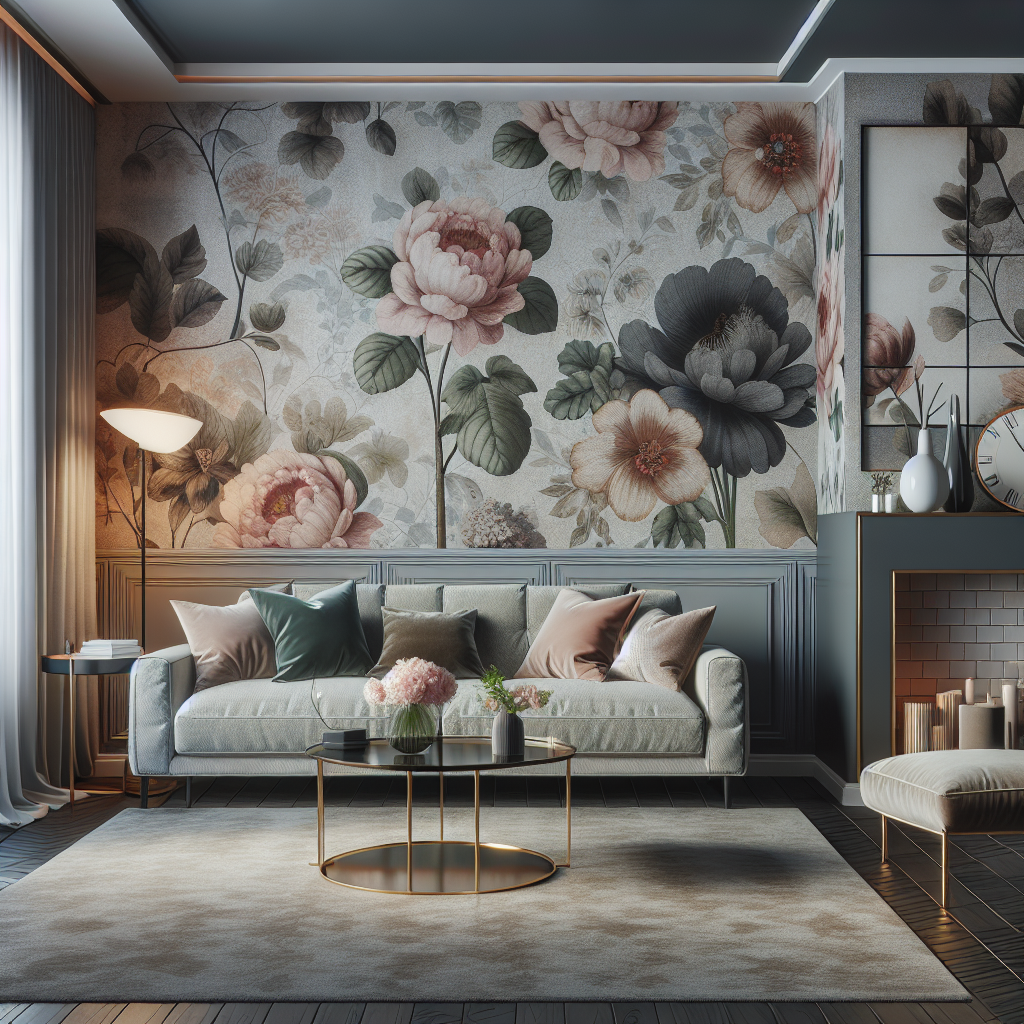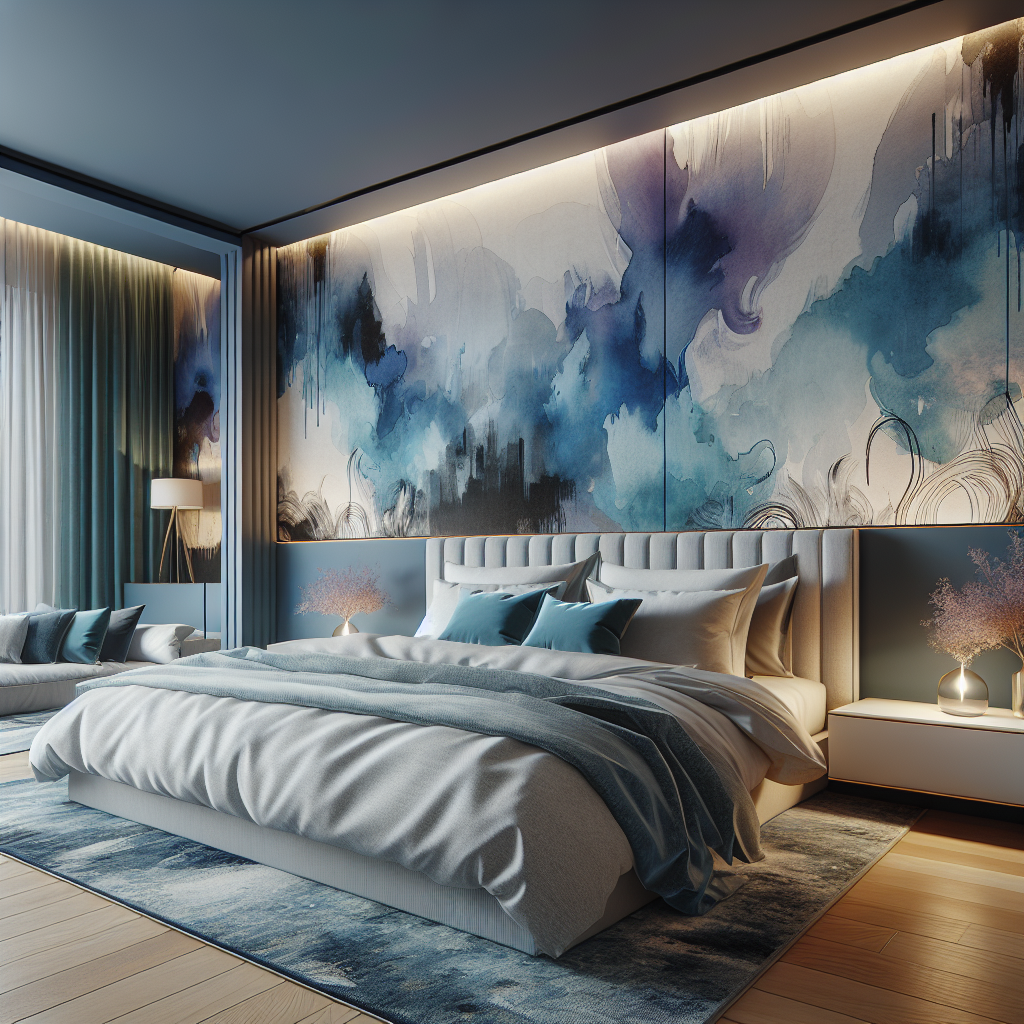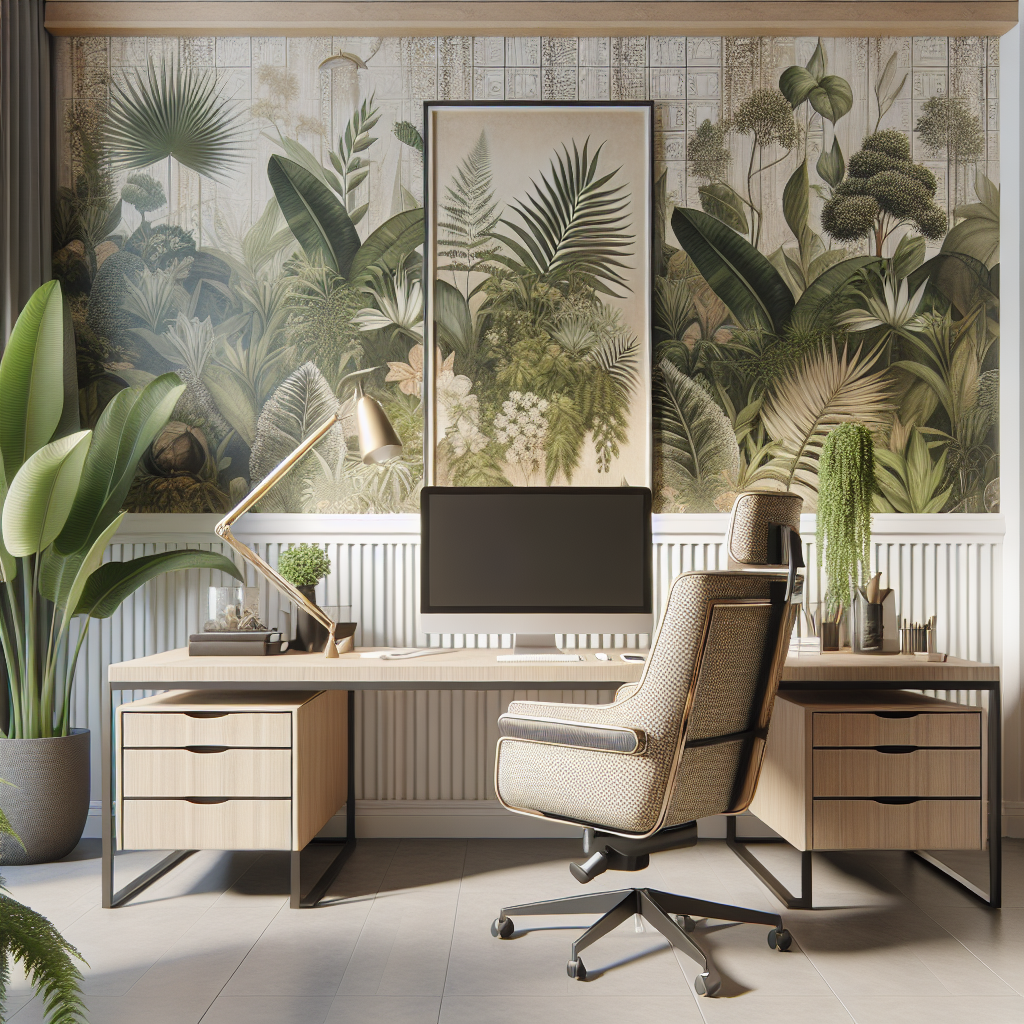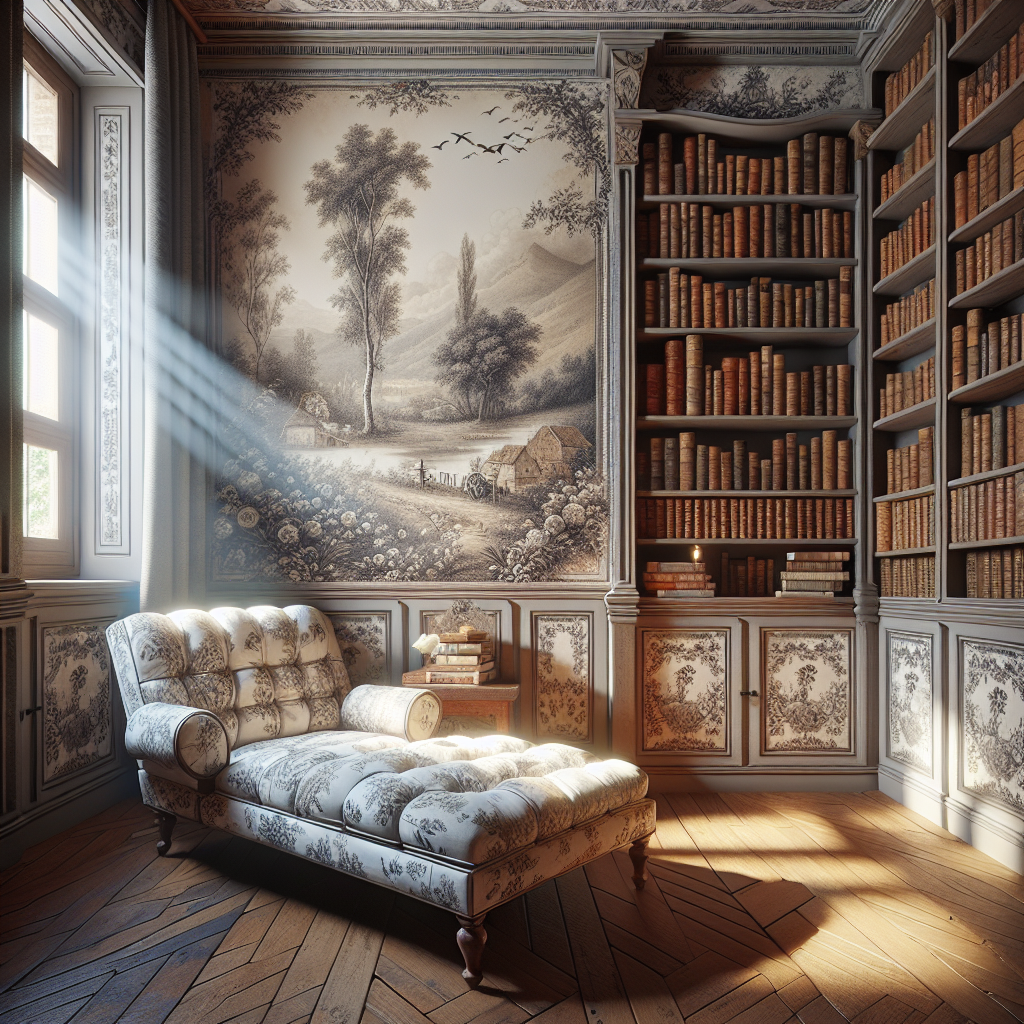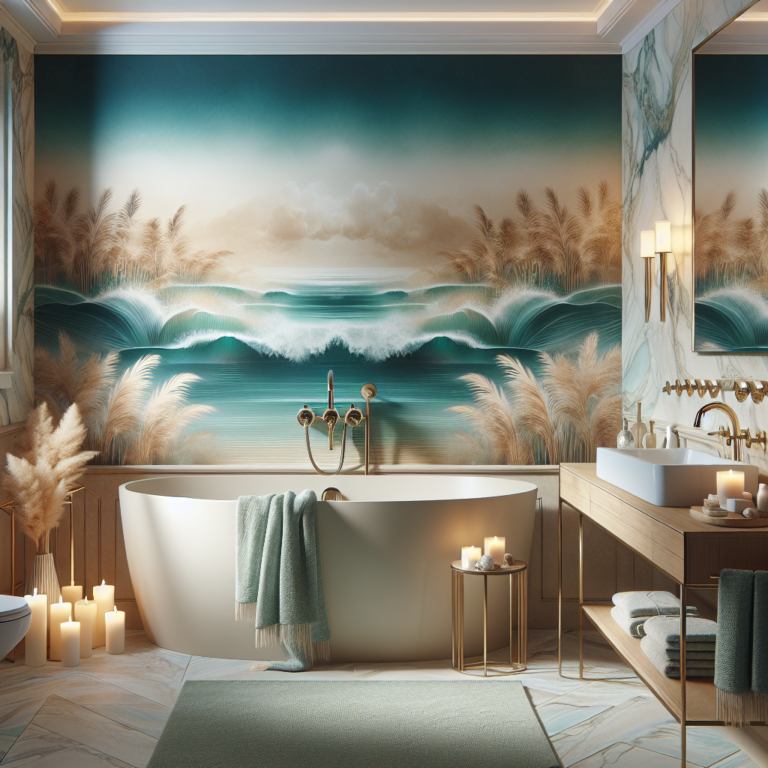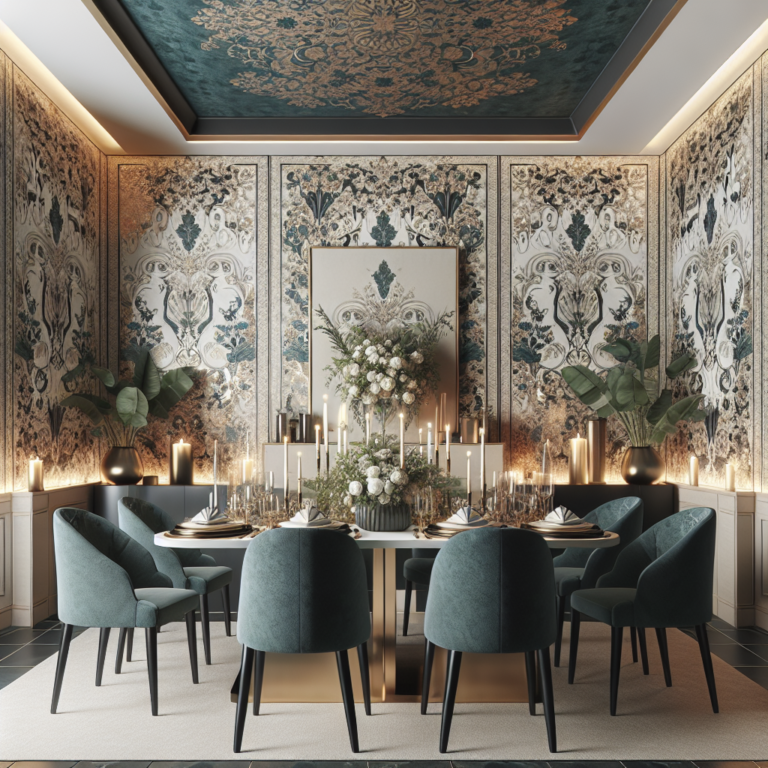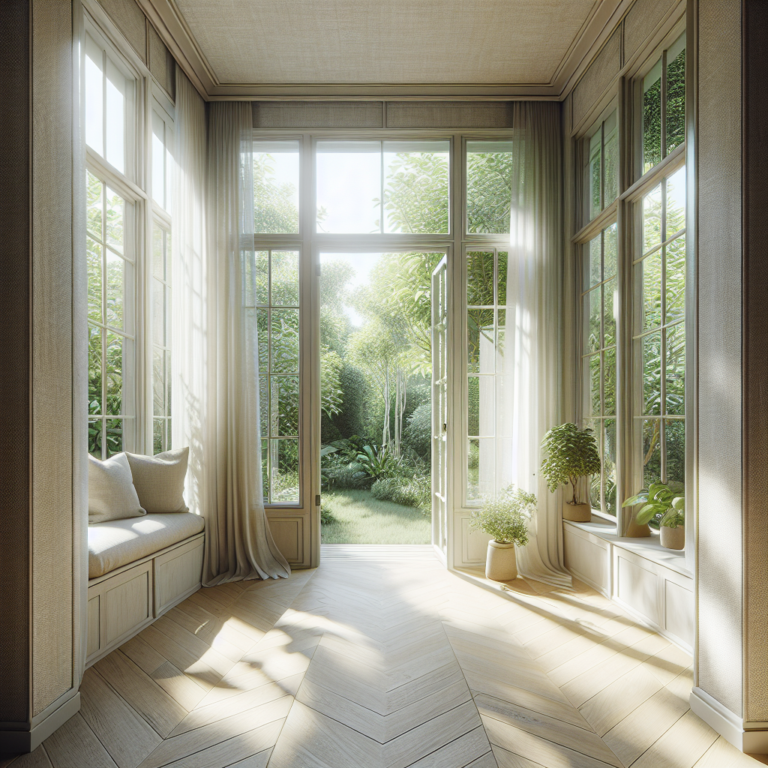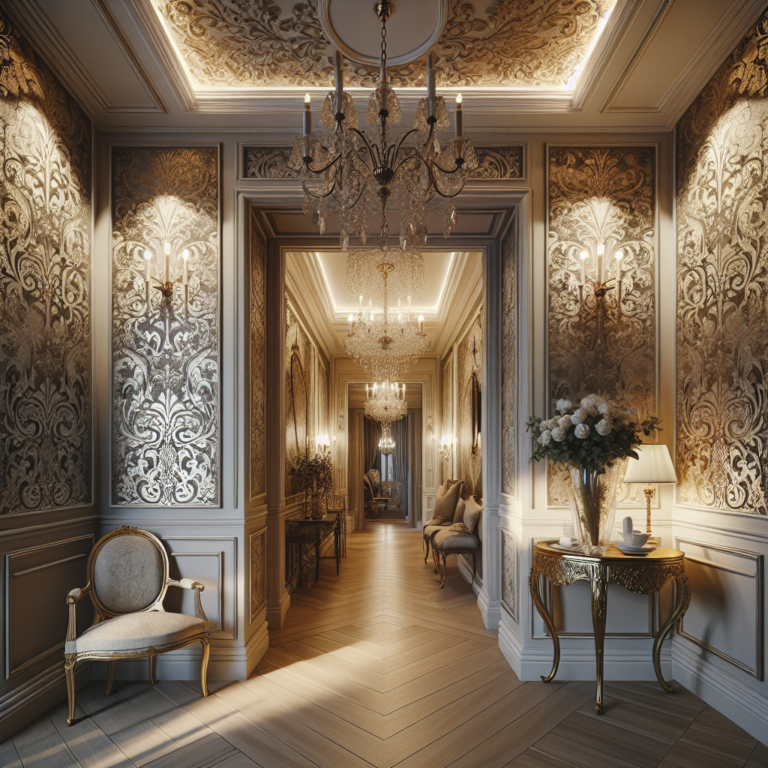How to Incorporate Vintage Wallpaper Trends into Modern Homes
The Resurgence of Vintage Wallpaper
Vintage wallpaper is making a big comeback in modern interior design. With a wave of nostalgia sweeping through popular culture, homeowners are increasingly embracing the charm of days gone by. Think of vintage wallpaper as that one cozy sweater you can’t bear to throw away; it’s timeless, comforting, and it adds a unique touch to your space. From whimsical florals to geometric patterns, there’s a vintage style that can fit into any modern aesthetic.
So, what exactly is vintage wallpaper? It generally refers to designs that were popular between the 1920s and the 1980s, encompassing everything from mid-century modern to art deco styles. The beauty of vintage wallpaper lies not just in its patterns but also in its texture and depth. Unlike many modern wallpapers, vintage designs often tell a story and evoke a sense of familiarity. By integrating these nostalgic elements into your home, you can create a genuinely inviting atmosphere.
Choosing the Right Vintage Wallpaper
Choosing the perfect vintage wallpaper for your space can feel overwhelming, given the plethora of choices available. Start by considering the style of your home. Are you living in a contemporary loft, or is your space more traditional? Matching the wallpaper style with your existing décor is crucial for achieving a cohesive look. You wouldn’t wear a formal dress with running shoes, right? The same principle applies when selecting wallpaper.
Additionally, think about the mood you want to create in each room. Calming pastels can evoke a serene atmosphere, while bold prints might add a buzz of energy. Always see the wallpaper in person if possible. Pictures can be deceiving, and the colors might shift in different lighting conditions. Armed with a clear vision, you can maintain modern sensibilities while allowing vintage designs to shine in your home.
Mixing Vintage and Modern Styles
Mixing vintage wallpaper with modern elements can be a delicate balancing act, but it’s an excellent way to add character to your space. One effective strategy is to use vintage wallpaper as an accent. For example, you might apply it to a single wall, creating a feature that draws the eye without overwhelming the modern minimalist aspects of your home. Think of it as adding a splash of color into an otherwise neutral palette – it highlights the modern lines while adding warmth and depth.
Another approach is to pair vintage wallpaper with contemporary furniture. Imagine a sleek Scandinavian sofa in a room that features a bold floral print from the 1970s; the contrast can be striking and stylish. To keep things seamless, consider incorporating small vintage accents, such as a lamp or a coffee table, that echo the wallpaper’s colors or patterns. This strategy creates cohesion and prevents the space from feeling disjointed.
DIY Vintage Wallpaper Projects
If you’re feeling particularly crafty, why not try some DIY projects with vintage wallpaper? Transforming old furniture by applying vintage wallpaper can provide a fresh look without breaking the bank. Be it an old dresser, a side table, or even chairs, a little wallpaper can go a long way in revitalizing these pieces. It’s like giving them a new outfit that makes them feel young again.
Another fun DIY idea involves creating unique art pieces. Frame sections of vintage wallpaper and hang them as stunning wall art. Not only is this an excellent way to incorporate the designs you love, but it’s also a conversation starter. Each square framed could tell a different story, adding layers of history and personality to your space.
Creating Contrast with Color and Texture
One of the most exciting aspects of using vintage wallpaper is the ability to create contrasts within your modern home. Whether it’s by mixing patterns or contrasting different textures, the opportunities are plentiful. For instance, if you select a floral vintage wallpaper, try pairing it with sleek, shiny metal fixtures or leather accents. This interplay between the softness of vintage prints and the hard lines of modern materials creates an engaging visual dialogue in your space.
Don’t be afraid to experiment. Consider layering different materials and colors that either complement or starkly contrast with your wallpaper choice. For example, wooden furniture can add warmth and balance out the vibrancy of a bold print. Playing with various elements ensures that your space doesn’t become monotonous, making it lively and inviting for guests and family.
Where to Find Vintage Wallpaper
Now that you’re excited about incorporating vintage wallpaper into your home, where do you start looking? Specialty vintage shops often carry a selection that varies in style and era. Thrift stores and flea markets can also be treasure troves; you might score a rare find if you’re willing to hunt! It’s like a scavenger hunt but for your home decor.
Additionally, online platforms like Etsy and eBay can connect you with sellers who offer vintage wallpaper rolls or remnants. Searching through these sites can lead to collections you wouldn’t find in conventional stores. However, always check the seller’s ratings and reviews to ensure you’re getting a quality product. This exciting quest for vintage wallpaper can turn into a fun adventure as you discover unique designs for your modern dwelling.
Maintaining Vintage Wallpaper
Once you’ve adorned your walls with beautiful vintage wallpaper, the next step is learning how to care for it. Older wallpaper can require more careful handling than its modern counterparts, particularly if it’s made of paper rather than vinyl. It’s important to keep it dry, as moisture can lead to peeling and mold. A simple solution is to regularly dust the wallpaper with a soft cloth. Think of it as giving your walls a gentle massage; it keeps them looking their best!
Also, avoid using harsh cleaning products that might damage the wallpaper’s surface. Instead, opt for milder cleaners and always do a patch test first. This approach will help maintain the integrity of the designs. Regular maintenance may feel tedious, but it ensures that your vintage wallpaper will continue to enchant for years to come, preserving that beautiful blend of nostalgia and modern flair.
Conclusion
Incorporating vintage wallpaper into modern homes can be incredibly rewarding. It allows you to tell a story through your space while blending styles that resonate with you. By carefully selecting your vintage designs, mixing them with contemporary elements, and affording them the proper care, your home can become a true reflection of who you are. So why not take the plunge and explore this fascinating trend? You might find that vintage wallpaper is just the touch your modern home needs to come alive!
FAQs
1. Can I use vintage wallpaper in a bathroom?
Yes, you can use vintage wallpaper in a bathroom, but be mindful of the moisture levels. It’s best to use vinyl-coated options for areas with high humidity, as they are more resistant to water damage.
2. Is vintage wallpaper complicated to install?
Installation can vary based on the type of vintage wallpaper. Some might be self-adhesive, while others require paste. If you’re new to wallpapering, consider consulting with a professional or following online tutorials for guidance.
3. How do I remove old vintage wallpaper?
Removing vintage wallpaper can be tricky, especially if it’s been on the wall for many years. Using a wallpaper remover or a wallpaper scraper with warm water can help dissolve the adhesive. Patience is key!
4. Are there modern wallpapers that mimic vintage styles?
Absolutely! Many modern wallpapers are designed to emulate vintage styles, incorporating similar patterns and textures. These are often easier to work with and maintain than true vintage wallpaper.
5. How can I make a small room feel bigger with vintage wallpaper?
To make a small room feel larger, consider using light-colored vintage wallpaper with subtle patterns. This approach can create an airy feel. Using one focal wall for a bolder pattern can also draw the eye and add depth without overwhelming the space.
Below are some great examples of these types of designs: